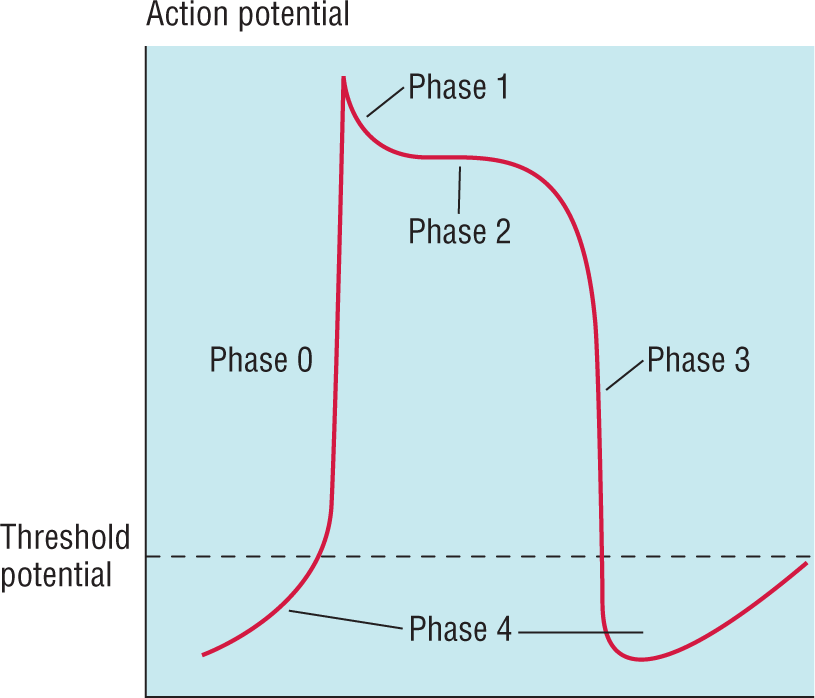
Figure 2-3 Salts in a liquid medium turn into positively and negatively charged ions.
© Jones & Bartlett Learning.
The fluid inside and outside of the barrel contains water, salts, and proteins. The fluids are not the same, however; the concentrations of salt molecules and proteins are different in each one. In liquids, salts break down into positively and negatively charged particles known as ions (Figure 2-3). In other words, an ion is a positively or negatively charged particle in a solution. In the body, the main positively charged ions are sodium (Na+), potassium (K+), and calcium (Ca++). Chloride (Cl−) is the main negatively charged ion.

Figure 2-3 Salts in a liquid medium turn into positively and negatively charged ions.
© Jones & Bartlett Learning.
If the cell were not alive, the concentrations of all of the ions and charges would be the same on both sides of the barrel wall (the cell membrane). However, a live cell maintains differences in these concentrations across the cell membrane (Figure 2-4). The inside of the cell has a higher potassium concentration, whereas the outside has a higher concentration of sodium. The higher positive charge outside the cell thus causes relatively more negative charge inside the cell. The outside of the cell wall also has more calcium, which adds to the greater positive charge outside the cell. This difference between the charges outside and inside of the cell wall is known as its electrical potential.

Figure 2-4 Solutions inside and outside the barrel are different. The pump (dark blue dots) maintains the right number of ions on both sides of the wall.
© Jones & Bartlett Learning.
Charges and ions naturally want to cancel themselves out and maintain neutrality. The cell wall is not a completely impermeable membrane. It is semipermeable, because it contains small leaks that let some of the ions into and out of the cell. The natural tendency is for sodium to enter and potassium to exit. To maintain an electrical potential, the cell must have some way of pushing the ions around against their wishes. Enter the sodium-potassium ATPase pumps (blue dots in the figures). The pumps actively move ions around to maintain the resting concentration and charge of the cell. Now, how does the pump do that? The pump uses ATP, the body’s fuel pellet, to push out three sodium ions (three positive charges) and bring in two potassium ions (two positive charges). The result is a greater number of positive charges outside the barrel than inside. In other words, the outside solution has a positive charge, while the inner solution has a more negative charge. Because of this pumping action, the electrical potential of the resting myocyte is approximately −70 to −90 mV.
As time passes, the number of ions entering into the cell starts to offset the effect of the pump, and the inside of the cell becomes less negative (increasing numbers of positively charged sodium ions are leaking in). This pattern of slowly increasing the cell’s electrical potential is referred to as phase 4 of the action potential (Figure 2-5).

Figure 2-5 Phases of myocyte stimulation.
© Jones & Bartlett Learning.
Description